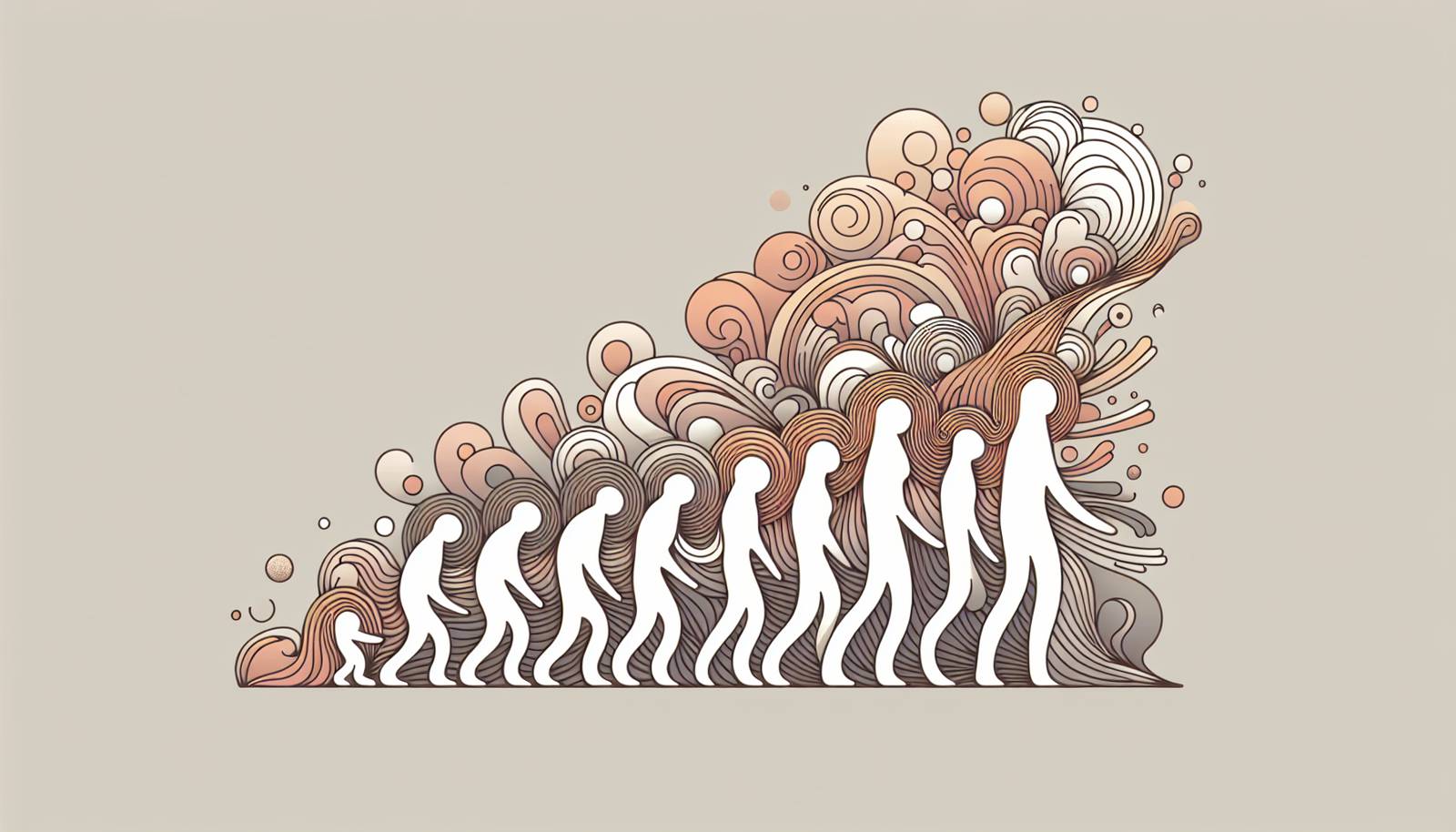
FAQ About The Evolution of Cultural Criticism in Media

What is cultural criticism in media?
Cultural criticism in media refers to the analytical practice of examining and evaluating cultural phenomena within society as depicted in various media forms. This includes analyzing movies, television shows, books, and art to understand how they reflect, shape, and challenge societal values and norms.

How does cultural criticism influence public opinion?
Cultural criticism can profoundly influence public opinion by elucidating the deeper meanings and implications of cultural products. When critics analyze and interpret media, they often uncover underlying societal issues such as race, gender, and class dynamics, which can prompt audiences to reconsider their viewpoints and engage in discussions about these topics.

In what ways has cultural criticism evolved over time?
Cultural criticism has evolved alongside media itself, with shifts in focus and methodology reflecting broader social changes. Initially centered on literary critique, it now encompasses a wide array of media, utilizing interdisciplinary approaches from sociology, psychology, and political science to analyze cultural phenomena.

How do changing perceptions in art and entertainment affect cultural criticism?
As societal values and norms shift, the role of cultural criticism adapts to these changes by reflecting contemporary issues and trends. For example, the rise of digital media and streaming platforms have introduced new forms of narrative and representation, prompting fresh critical approaches and dialogues about accessibility, authenticity, and diversity.

Why is cultural criticism important in society?
Cultural criticism is vital because it facilitates an understanding of how culture impacts individual and collective identity and behavior. By critiquing cultural products, critics can highlight important societal issues, challenge cultural hegemony, and inspire social change through informed public discourse.

What role do social media platforms play in cultural criticism today?
Social media platforms have democratized cultural criticism by giving voice to a broader range of perspectives. This has expanded the scope and diversity of critical discussions beyond traditional media outlets, allowing for more immediate and interactive engagements with cultural content and criticism from global audiences.

Who are some influential figures in the field of cultural criticism?
Influential figures in cultural criticism include Susan Sontag, who explored subjects like interpretation and style; bell hooks, whose work often focuses on race, gender, and media representation; and Edward Said, known for his analysis of cultural imperialism. These thinkers have significantly shaped the discourse within the field.

How does cultural criticism address issues of representation in media?
Cultural criticism often scrutinizes the representation of various groups in media, assessing how accurately and fairly they are depicted. This can involve analyzing stereotypes, inclusivity, and the presence of diverse voices, all critical elements in understanding and improving media practices related to representation.

What methodologies are commonly used in cultural criticism?
Cultural criticism employs a variety of methodologies, including textual analysis, ideological analysis, and audience studies. These methods allow critics to dissect the content, context, and consumption of media, providing nuanced insights into cultural and societal phenomena.

How does cultural criticism intersect with political activism?
Cultural criticism and political activism often intersect as critics highlight societal injustices and advocate for change through media analysis. This interplay can increase awareness and motivation for activism by spotlighting issues like inequality, censorship, and cultural politics within broader public narratives.

Can cultural criticism change cultural norms?
Yes, cultural criticism has the potential to change cultural norms by challenging established ideas and prompting re-evaluation of societal beliefs. Through critical discourse and public dialogue, previously accepted norms can be questioned, leading to shifts in societal attitudes and behaviors over time.

How has digital technology impacted cultural criticism?
Digital technology has transformed cultural criticism by increasing access to media and enabling broader participation in critique. Platforms like blogs, podcasts, and online forums allow both professional critics and amateurs to share and disseminate their insights widely, increasing the immediacy and diversity of cultural conversations.

What challenges does cultural criticism face today?
Cultural criticism faces several challenges, including the proliferation of media content overwhelming critics' capacity to thoroughly analyze every piece, the potential for bias within critiques, and the tendency for polarized interpretations of media to arise in more subjective discussions.

How does cultural criticism contribute to academic research?
Cultural criticism contributes to academic research by offering analytical frameworks that explore cultural and societal dynamics. It enriches fields such as sociology, literature, and media studies through the critical exploration of cultural texts and their implications for identity, power, and social change.

What is the difference between traditional and contemporary cultural criticism?
Traditional cultural criticism often focused on texts from a literary or high-art perspective, while contemporary criticism has expanded to include a variety of media forms and often emphasizes interdisciplinary approaches. Contemporary criticism also tends to address more immediate social issues and diverse cultural expressions.

How do economic factors influence cultural criticism?
Economic factors can influence cultural criticism through funding and investment in media productions, affecting which cultural narratives are prominent. Critics may also analyze the economic contexts of cultural products to understand how market forces and capitalism shape cultural content and access.

What are some misconceptions about cultural criticism?
A common misconception about cultural criticism is that it's merely about finding fault with cultural products. However, criticism encompasses a wide range of activities, including appreciation, contextual analysis, and interpretation, aiming to deepen the understanding of cultural works rather than simply judge them.

How can cultural criticism help in understanding globalization?
Cultural criticism can help in understanding globalization by examining how cultural products are created, distributed, and consumed worldwide. Critics may explore the exchange and influence between different cultures through media, shedding light on cross-cultural dynamics, global trends, and cultural hybridity.

What impact do cultural festivals and events have on cultural criticism?
Cultural festivals and events can significantly impact cultural criticism by providing platforms for showcasing diverse cultural expressions and sparking critical dialogues. These gatherings not only celebrate cultural achievements but also invite critiquing interactions that foster discourse on cultural significance and interpretation.

How does cultural criticism benefit artists and creators?
Cultural criticism can benefit artists and creators by providing insightful feedback that can lead to artistic growth and innovation. Criticism can also help artists understand their audience better, informing future projects that resonate more deeply with societal issues and cultural shifts.
